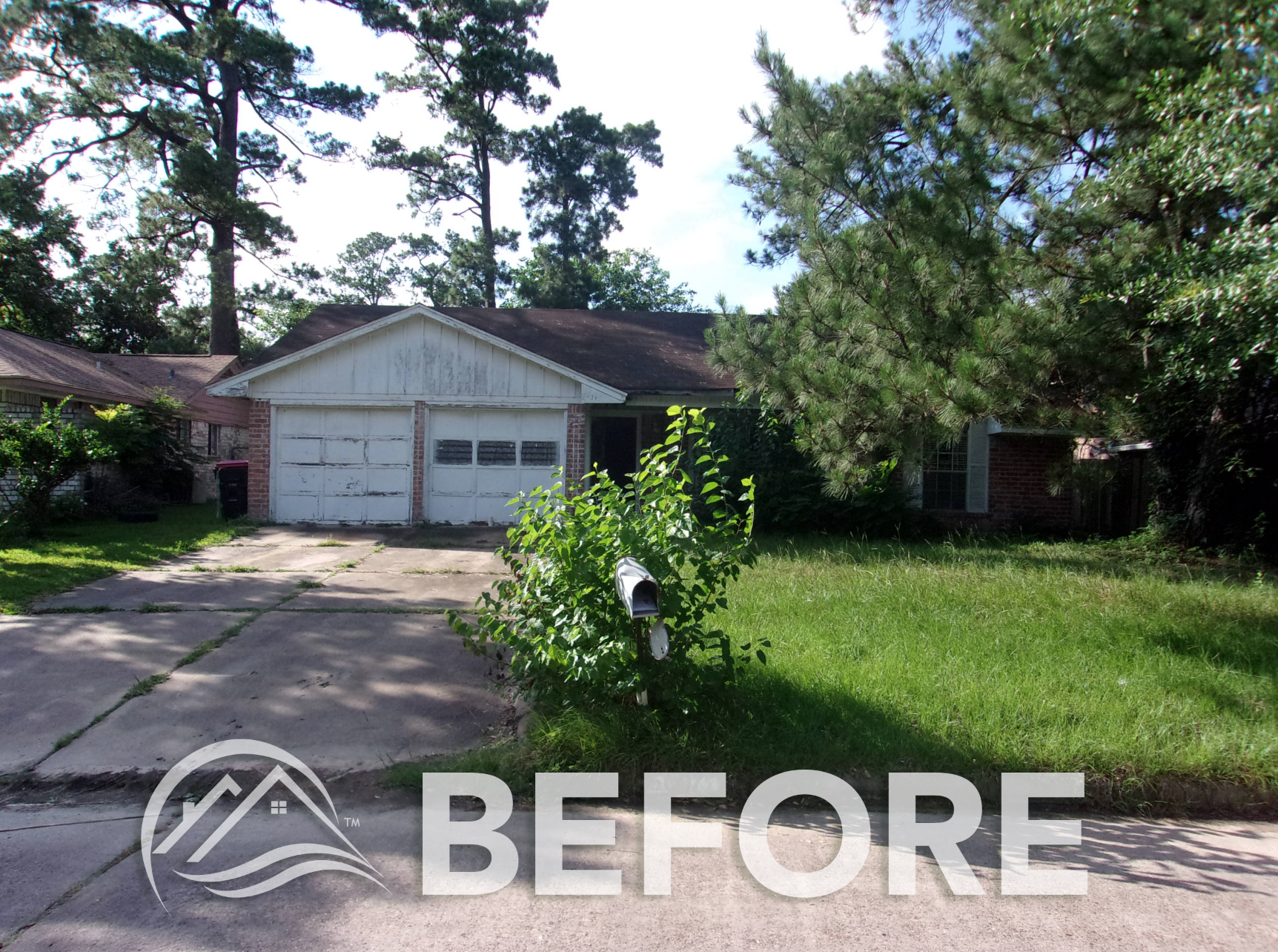 As much concern as there seems to be about the state of the housing market at the end of the year and going into 2019, there is a more specific conversation to be had about the U.S. rental market. For buy-and-hold and turnkey real estate investors, this is perhaps the more pertinent discussion to be had.
As much concern as there seems to be about the state of the housing market at the end of the year and going into 2019, there is a more specific conversation to be had about the U.S. rental market. For buy-and-hold and turnkey real estate investors, this is perhaps the more pertinent discussion to be had.
While the issues of buyer and seller markets, interest rates, and whether or not homebuilding will outpace demand are relevant to investors, the specific conversation around the rental market is of far more interest.
So what’s going on with the U.S. rental market? We know that it is tied closely to the housing market at large, but it does face its own unique challenges and circumstances. Here’s what you need to know about the state of rental housing in the U.S.
4 Things Investors Must Understand About the 2019 Rental Market
Millennials and Gen-Z Are Being Shut Out of the Housing Market...Again
While Gen-X is new to the homebuying market, millennials are not new to the woes of this particular dogfight. Saddled with student debt and often bad credit, millennials found themselves unable to secure the bank loans needed to purchase homes in the post-housing bubble market in 2009. In this era, though home prices were lower than they had been in a long time, they were unable to benefit due to historically strict mortgage and credit standards.
Instead, it was investors who were largely able to benefit from the foreclosures and cheap inventory.
Around 2017, the majority of homebuying millennials began to jump into the game. Better wages, better markets, mortgage conditions, and increased employment led to millennials accounting for half of all new home sales in 2018.
So why is this demographic and the up-and-coming Generation X being pushed out of the housing market now?
As always, a combination of factors is at the heart of the matter. Rising interest rates are making lending tougher to acquire and discouraging homeowners from selling or upgrading, which reduces supply on the market. There is a distinct lack of entry-level single-family homes (homes that are affordable and not too large—first-time home buyers don’t need the average square footage of 3,000).
This all combined is placing more millennials back in rentals or preventing them from selling their current homes.
What this does is position millennials and Gen-X firmly in the rental market.
Affordable Rental Housing is in Short Supply
We know that for a long time affordable housing has been a huge issue facing the housing market. However, it is also a crisis in rental housing. We’re seeing that increasingly there is a shortage of affordable rental housing options for Americans (no doubt tied to the demand brought on by the struggles of obtainable homeownership).
Some 80 percent of renters who make less than $30,000 are burdened by high rental costs. In fact, 11 million (more than a quarter) of these renter households spend more than half of their earnings on class-C rental housing.
This, however, is not so much the case when we look at class-A luxury rentals. Not only are these in bountiful supply (where class-C rentals are fewer and far between), but wealthy residents pay a much more balanced 23 percent of their income on rent. That’s more in line with what one expects to spend on a traditional mortgage.
Reports have linked corporate investment in single-family homes nationwide to the rise of rent prices because, post-recession, when investors bought much of the housing supply, this in some cases suppressed homeownership and increased demand in the rental market. Of course, this same report has also shown that these investments resulted in the stimulation of local economies, particularly in the construction sector. Demand in the housing sector, at the time, was much needed, but it is still clear that unintended consequences, especially when factors like wage stagnation are at play, can happen.
Some Rental Markets are in Crisis Due to Glut
We mentioned a shortage of class-C rental housing. Something we’re also seeing is a surplus of luxury properties across major markets. More than that, some of the hottest and once-fastest growing rental markets in the nation are grinding to a halt. Some markets went from a rental growth of 5 percent in one year to flat growth in the same month the next.
What’s the deal?
It has something to do with what we mentioned earlier about class-A housing. There is no shortage of these luxury and even mid-range rental options. This surplus is marketed to renters with money, and these renters often have no shortage of choices...including the choice of homeownership.
While renters lower down on the financial totem pole struggle to save, find options, and rent month-to-month, luxury developers and landlords struggle to find customers in some of the most desirable markets around: including Seattle, San Francisco, New York, and D.C.
Competition for tenants has not only led to a reduction in rent costs but other perks and a loosening in standards, such as allowing pets.
Of course, so much of this has had to do with wild and growing demand for rentals but the unwillingness of developers to build anything less than a high-end project. With a surplus supply, there just hasn’t been enough customers to meet the numbers needed. This lack of balance has left one demographic with their pick of the litter and another crushed by suffocating rent costs.
The Rental and Homebuying Markets Are a Parallel Balancing Act
What we notice, perhaps more than anything, are the parallel challenges between the rental market and the homebuying scene. Simultaneously, we have developers stunting the ability of buyers and renters to thrive and balance both markets for a lack of affordable options. Rather than building apartments or single-family homes that are accessible to first-time homebuyers or class-C renters, developers would rather appeal to a luxury demographic—which is smaller and over-saturated.
In addition, the balancing act of supply and demand has fueled a “slowdown” in the rental market in much the same way we’re seeing in the homebuying market...though not in all areas. Rental rates are not universal, just as home prices are not.
Overall, rental rates are expected to grow in 2019. That’s because of the inherent link to the real estate market. Difficulty in obtaining lending, rising interest rates, and the other reasons we’ve discussed will keep Americans renting for a while, particularly in places where rent is more affordable.
The most gains in rent prices weren’t made in big, hot markets, but in more modest, small and mid-sized cities.
Despite challenges, the rental market isn't going anywhere. In fact, it will thrive as lifestyle demands shift along with the housing market. For real estate investors, rental properties are an excellent investment when combined with due diligence and a company with the experience to know where to invest and how to best manage your assets.
That's where Memphis Invest comes in.













